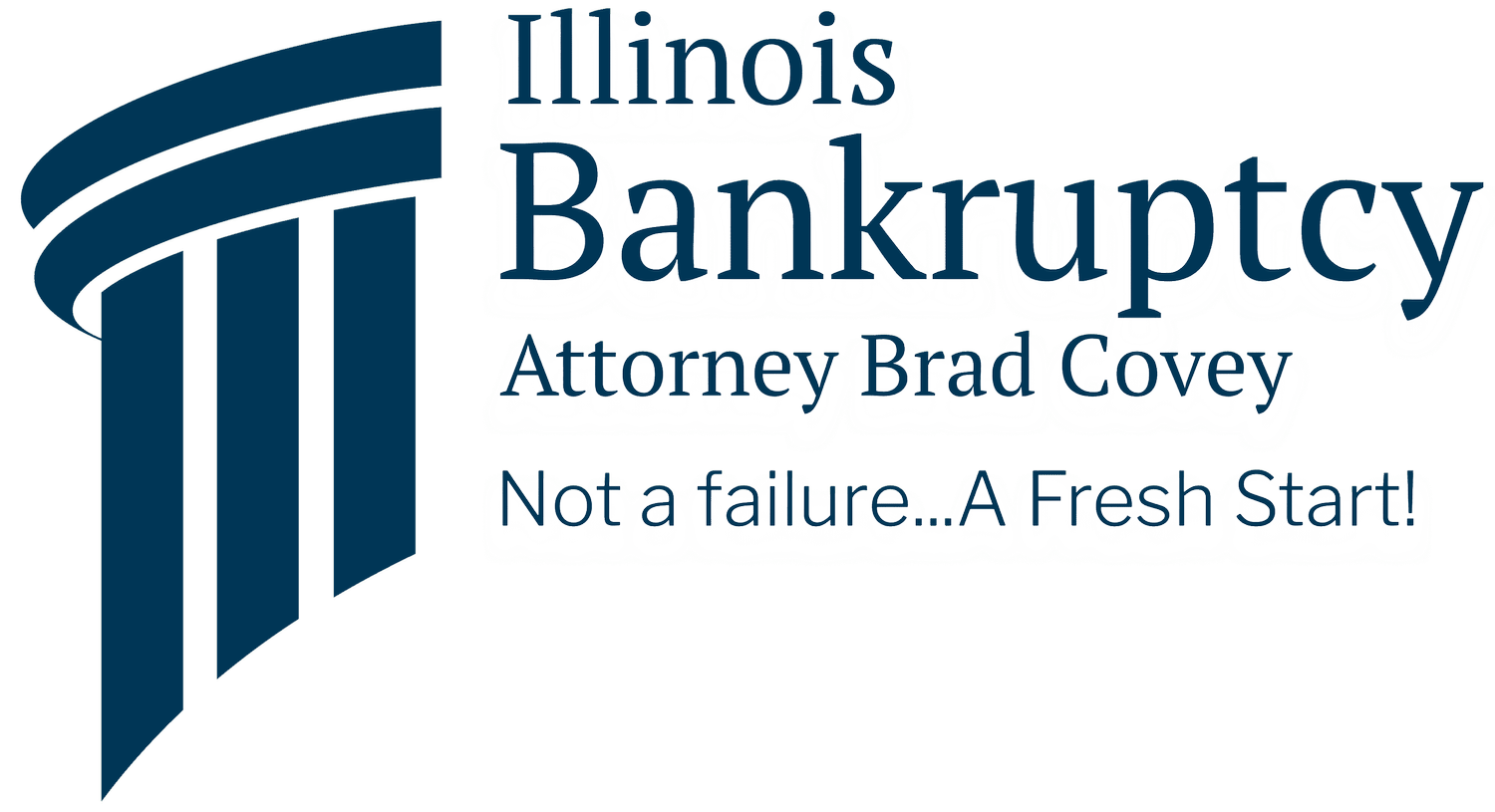Five Ways Not To Pay Tax on 1099c Forgiveness of Debt
There are Five Ways Not To Pay Tax on 1099-C Forgiveness of Debt
Every January with the deadline for filing tax returns just around the corner, W-2s and 1099s start showing up in your mailbox. This year, a new type of 1099 may show up unexpectedly. If any debts were cancelled by debt settlement last year, banks and other financial institutions are required to report the cancellation of debt to the IRS and provide you with a 1099-C.
Form 1099-C declares forgiveness of debt as income for tax purposes. Where the debt has been discharged in bankruptcy, 1099-C debt is not reportable as income. The debtor/taxpayer must file form 982. That form and instructions are available at www.IRS.gov. If you work with a tax preparer, take along a copy of your bankruptcy discharge and verify that the 982 is part of the return prepared for you.
Below are the Five Ways Not To Pay Tax on 1099-C Forgiveness of Debt
The debt cancellation occurred as the result of a bankruptcy;
The debt cancellation occurred when you were insolvent;
The indebtedness cancelled was qualified farm indebtedness;
In the case of a taxpayer other than a C corporation, the indebtedness cancelled was qualified real property business indebtedness; or
The indebtedness cancelled was qualified principal residence indebtedness which was discharged before January 1, 2012.
1099-C Filing Requirements
Debt cancellation must be reported on IRS Form 982 and filed with your tax return. If you are preparing your taxes yourself, the IRS has detailed instructions on completing Form 982 on their website.

